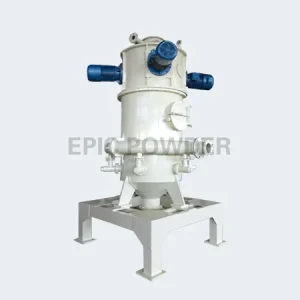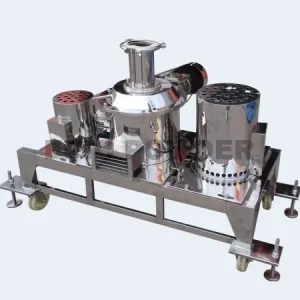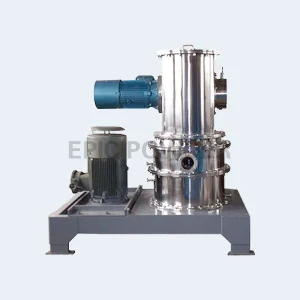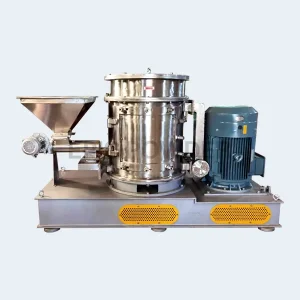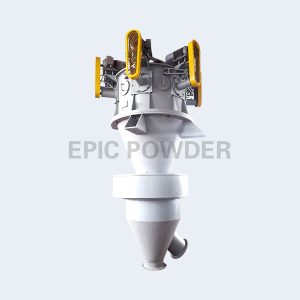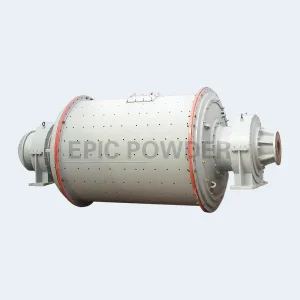Mineral pigments are inorganic. They are a type of inorganic matter and are colored. There are two main sources. One is from natural ores. They are made through beneficiation, crushing, grinding, grading, and refining. It is mainly used for paintings, handicrafts, antiques, and cultural relics restoration. Another source of inorganic pigments is pigments made from natural minerals. They are chemically treated after being mined.
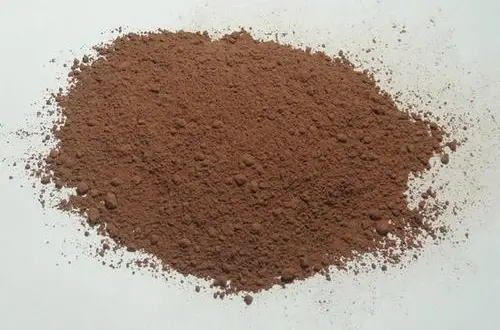
Material introduction
We develop modern mineral colors from ancient ones. They maintain several ancient mineral colors. They have made huge strides in varieties. In particular, ore minerals have developed from several types of mineral colors. To hundreds of species. In terms of earth pigments, water-dry colors have been developed. We make artificial mineral colors from clam powder. We use good light-fast pigments and dyes. We follow a certain formula. Hue can be developed to any extent, surpassing the ancient mineral colors. limitation.
The development and production of new rock mineral colors has made great progress. The few types of natural mineral colors are supplemented by hundreds of rich hues.
Material mineral color
We can roughly divide modern mineral colors into several types. There are pure natural ones. There are artificial ones (new rock), chemically made ones, water-dry ones, water-based ones, metallic ones, and others.
Blue series: Azurite – azurite, lapis lazuli powder – lapis lazuli, turquoise powder – turquoise, purple cloud powder – fannerite, blue gray – blue iron ore, silver gray – blue amphibole
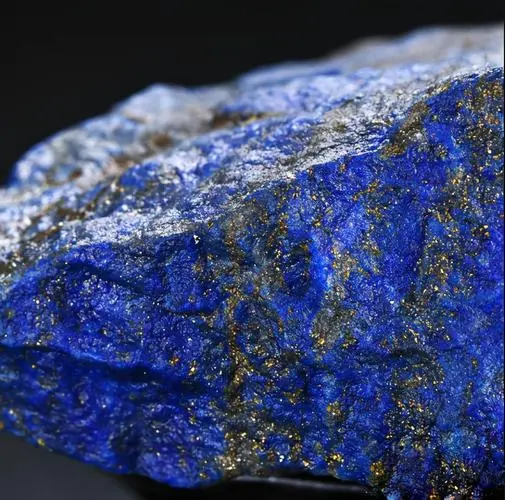
Green series: stone green – malachite green cyan – chrysocolla bud green – green marl gray bud green – oolitic chlorite olive gray – nickelite olive green – olive green copper ore – —Epidote jasper stone end—Jasper Lijiu—Sulfur manganese ore white green end—Amazonite yellow-green—Nickelite light green—Aquatic vitriol
Red series: cinnabar – cinnabar red coral powder – red coral agate powder – agate pomegranate red – garnet red tea (ochre) – hematite Xiangfei – zoisite rock muscle – feldspar red rock muscle – —Orange-red zeolite—Chromite cinnabar—Red marl laterite—Red chalk Chikou ochre—Sodium amphibole
Yellow series: realgar – realgar realgar – cockscomb tea – yellow antimony Huaqian tea – lepidocrocite brown – monazite rock tea – hydromanganite golden – leaf green gold tea powder – limonite rock gold tea ——Amphibole loess——Loess
Purple series: ancient rock purple – cobalt, bean paste color – xenotime, purple eggplant – perilla limestone, camel red – hexopyroxene
Black series: tourmaline powder – black tourmaline, obsidian powder – obsidian, purple black – bornite, brown black – wolframite, rock black – ilmenite, graphite – graphite, manganese black – pyrolusite
White series: Shengshang – wollastonite, crystal powder – quartz, calcite powder – calcite
Others: Alum – alum stone Mica color – mica
Artificially selected mineral colors
Modern man-made mineral colors (New Rock) are re-created minerals. Natural mineral colors are the most advanced in painting. But, their types and hues are limited. Original stones are hard to find and gemstones are expensive. So, artificial mineral colors have emerged. The new rocks have rich hues. They never change color, are cheap, and use new techniques. Their texture is like that of natural mineral colors. It has many types and boasts strong light resistance. It is a stable pigment. Its use complements natural mineral colors in a great way.
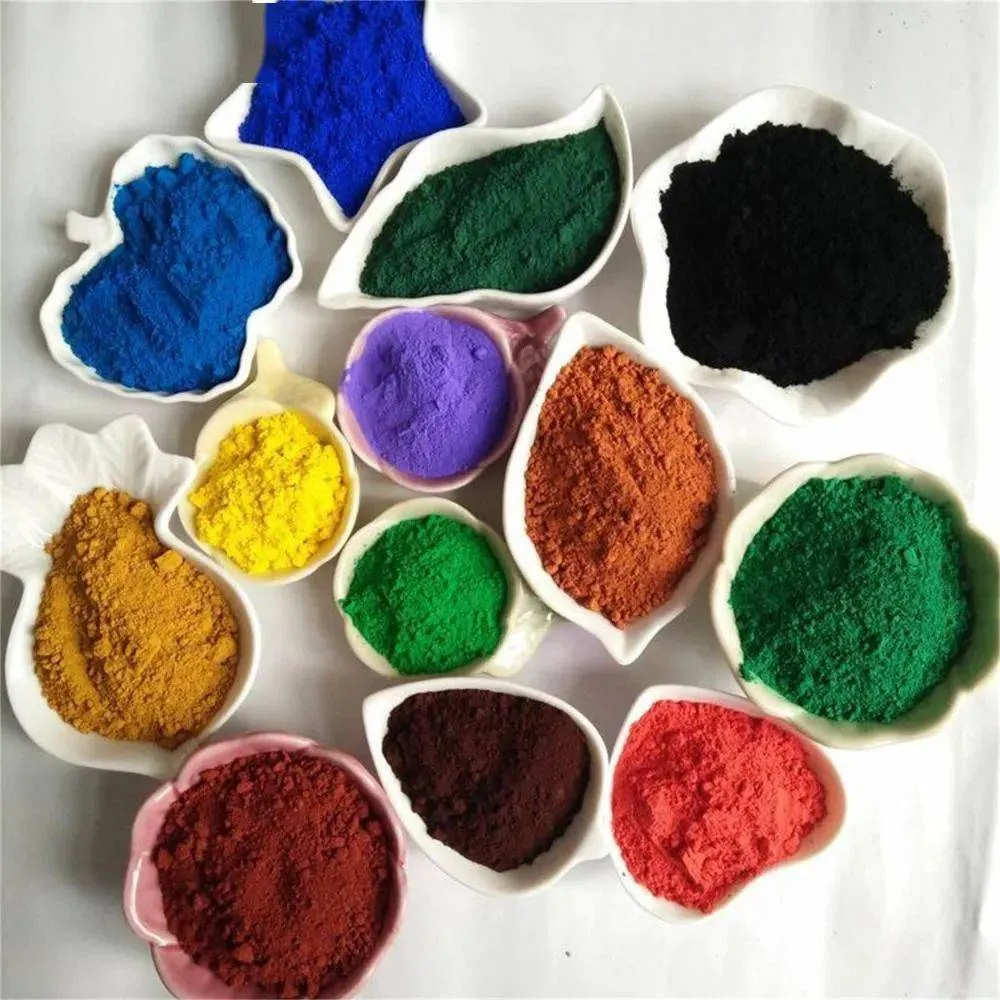
Synthetic mineral color is made by combining two or more substances. They are then heated using scientific principles. Its representatives are cinnabar and cinnabar. Cinnabar is a mix of mercury and sulfur. Heating adjustments produce various hues of red due to different temperatures.
Water-dried mineral color is made from clam powder. The powder is dyed with high-grade light-fast pigments and plant pigments. It also includes natural earth mineral colors, like loess, cinnabar, and ocher. It also includes the best colors ground into natural ores. The production requires grinding and dyeing with water. The water will dry to form color blocks. So, it is called water-dried color.
Some pigments are synthesized chemically. They are added to natural minerals and mixed with water to make them transparent. So, they are called water-based colors. It does not cover the styling lines after coloring, making it easy to mix and blend.
Metallic colors include pure gold and silver powder. They also include copper, gold, and aluminum silver powder. Their metals or alloys undergo mechanical processing. This turns the particles into scales. They are made by adding stearic acid and solvents. Make a synthesis
Other colors refer to various other pigments. They are for decoration, like flash colors.
What kind of ore can make mineral color?
The color of mineral powder is called streaks. Streaks are a key factor. They help identify the type of mineral that can make mineral color. During the test, the mineral is placed on an unglazed porcelain plate. It is being gently rubbed. The color of the powder traces left behind is used for identification. The streaks eliminate false colors. They reduce the influence of color, highlighting the mineral’s natural color. This color is relatively fixed. It is often used as a reliable basis in the identification process.
What equipment is suitable for crushing natural mineral pigments?
You must choose the right equipment. Choose it based on the hardness and abrasiveness of the mineral pigments being crushed. Also consider the desired final particle size. Also, take the necessary safety measures. Use them when using crushing equipment. They prevent accidents or injuries.

